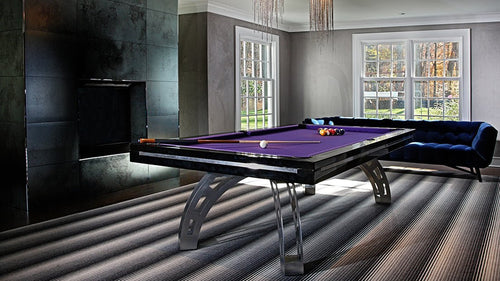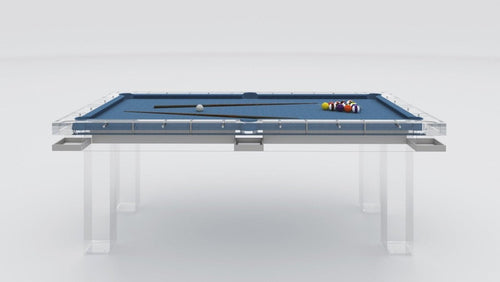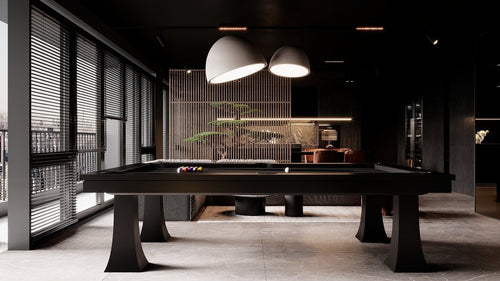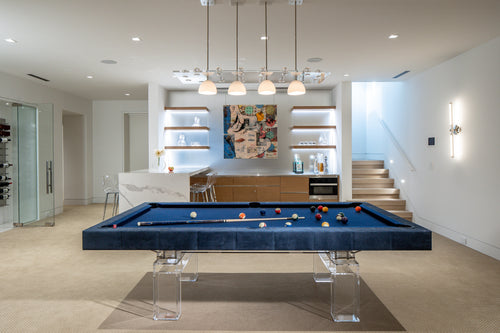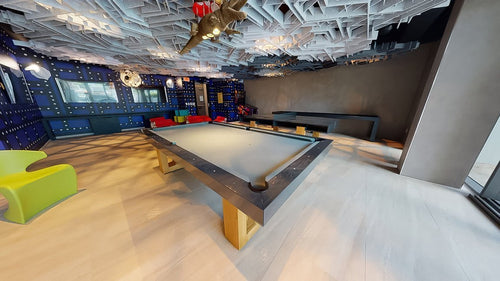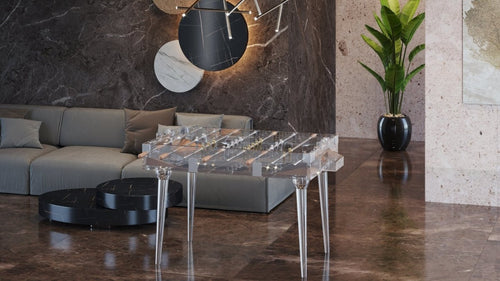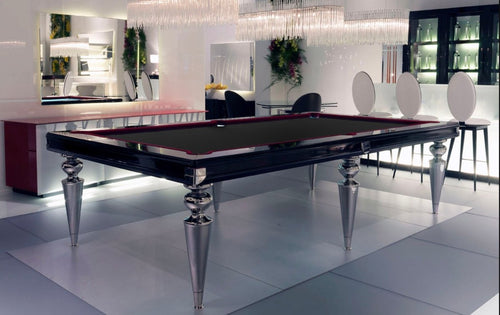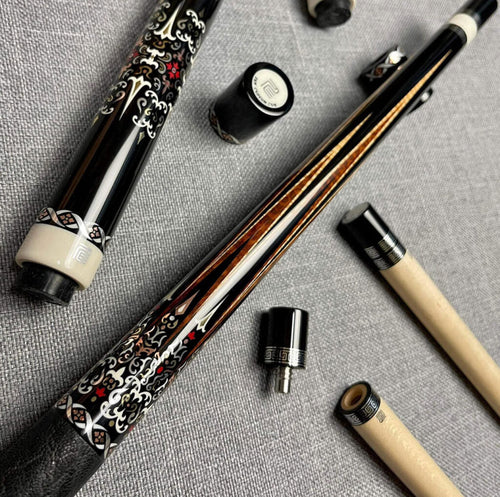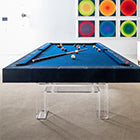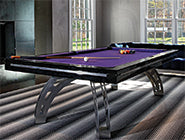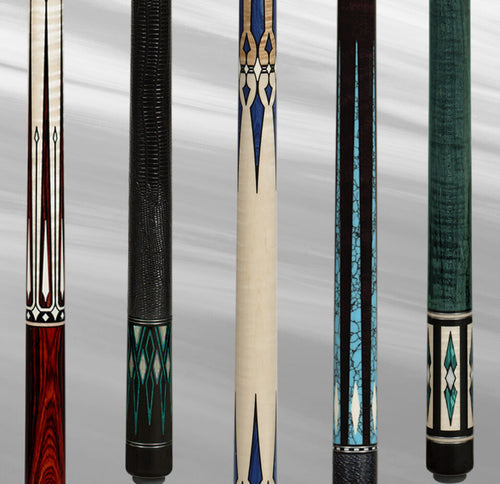Enjoy our modern designs
Estimated Read Time: 10 mins |
How America blended European ideals and homegrown innovation to shape the global language of modern architecture and interiors.
After World War II, the United States experienced an economic boom and an enormous demand for new buildings—offices, institutions, hospitals, and homes. Modernism, led by European émigrés and their disciples, emerged as the architectural lingua franca. Yet, American modernism developed a personality of its own, balancing high design innovation with persistent mainstream preferences for tradition and mass-market comfort.
European Masters, American Influence
- Walter Gropius: Transformed architectural education at Harvard and co-founded The Architects’ Collaborative (TAC), spreading modernist principles through influential institutional buildings.
- Marcel Breuer: Known for iconic furniture (Cesca, Wassily) and modernist buildings, shaping interiors and architecture at Harvard and beyond.
- Ludwig Mies van der Rohe: Directed IIT, inspired minimalist skyscrapers like Crown Hall and Lake Shore Drive apartments, and set the tone for glass-and-steel American urbanism.
- Alvar Aalto: Though less famous in America, his teaching at MIT and design of Baker House introduced a warmer, humanistic version of modernism.
Domestic Visionaries and Leading Firms
- Skidmore, Owings & Merrill (SOM): Defined the look of corporate America with minimalist towers like Lever House (1952)—the first truly modern NYC skyscraper.
- Richard Neutra: Crafted pure, glassy California homes and institutional buildings that embodied International Style ideals.
- Eero Saarinen: Blended sculptural drama and modern function in projects like the TWA terminal and innovative furniture for Knoll.
- Frank Lloyd Wright: Returned to prominence with organic masterpieces like the Guggenheim Museum, standing apart from strict European modernism.
- I. M. Pei: Rose as a late-modernist icon with museums and institutions renowned for geometric clarity.
- Philip Johnson: Miesian modernism in the Seagram Building, later transitioning to Post-modernist experimentation.
Corporate Skyscrapers & Office Innovation
- The glass skyscraper became the ultimate symbol of American business success.
- Open-plan offices took cues from the German Bürolandschaft concept, leading to modular furniture systems and flexible workplace design.
Modernism at Home: California and the Case Study Houses
- The Case Study Houses program in California sought practical, modern homes, defining a new aesthetic of transparency, open floor plans, and indoor-outdoor living.
- “Bay Region Vernacular” blended modern design with regional materials and traditions, setting trends for residential architecture.
- Despite modernism’s critical appeal, mainstream America often chose historical revivals or diluted modern forms, underscoring a persistent gap between high design and mass-market taste.
Midcentury Modern Furniture & Interiors
- Knoll and Herman Miller led the way, producing elegant, functional furniture for modern buildings.
- Charles & Ray Eames, George Nelson, and others created icons like molded plywood chairs and storage units—symbols of sophisticated, accessible design.
- Florence Knoll pioneered functional, beautiful office interiors, setting a new standard for corporate America.
- Mass-market “modernistic” furniture often diluted these ideals, showing modernism’s limits outside elite circles.
Critique, Legacy, and Global Reach
- By the late 1960s, the International Style’s monotony and coldness drew criticism, fueling Post-modernism—a turn toward eclectic, historic, and decorative design.
- American modernism’s influence grew with travel, publications, and exhibitions, shaping global perceptions of sophisticated, forward-thinking design.
- Today, the best of postwar American modernism remains a touchstone for architects, designers, and homeowners worldwide—balancing innovation, comfort, and timeless appeal.


